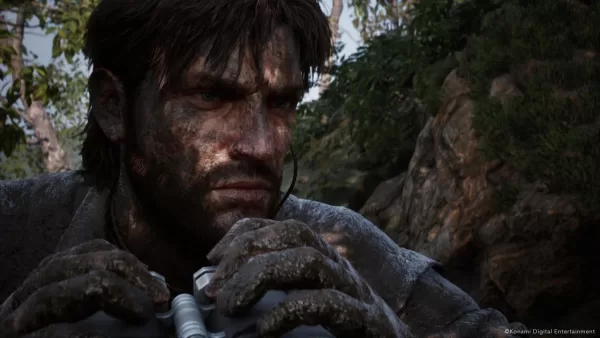Metal Gear Solid Delta: Snake Eater first impressions | Old dog, new looks
The legend comes back to life, better looking than ever!

Nearly two decades later, Metal Gear Solid Delta: Snake Eater brings the classic masterpiece into the modern age. It’s a faithful, shot-for-shot remake of the original. But this time, it’s all done with the impressive Unreal Engine 5.
Metal Gear Solid 3: Snake Eater was more than just a game when it released back in 2004—it was a cultural milestone that redefined how games could be seen, played, and even understood. It set a new standard for storytelling in the medium, combining espionage, survival, and character drama into an experience that pushed the boundaries of what was possible in gaming. With Kojima’s signature blend of cinematic direction and gameplay, MGS3 didn’t just change the landscape—it raised the bar for what a video game could aspire to be.
While the absence of Hideo Kojima’s direct involvement might feel bittersweet, the opening credits of Metal Gear Solid Delta: Snake Eater make a point to honor him and the original team, reminding us just how pivotal they were in crafting the timeless experience we all remember. This respectful nod keeps Kojima’s spirit embedded in the DNA of Delta. And boy, does it keep it intact in full force.
Evolving the experience

The graphical fidelity of Delta is a revelation. The environments—whether it’s the dense, damp jungle or the Soviet facilities—look truly alive. Every detail is painstakingly recreated, but more than that, it’s re-imagined in ways that fully realize the visuals our minds may have exaggerated during our first playthroughs all those years ago. The photorealistic treatment enhances every inch of the game’s world, from the texture of Snake’s gear to the lighting that dynamically shifts with the time of day. It’s a reminder of just how much game design has evolved.
Though the remake keeps the core gameplay intact, it introduces subtle changes that make the gameplay smoother and more intuitive. Snake can now walk while crouching. The D-pad has also been revamped to serve as a dedicated shortcut for switching camouflages or accessing the codec, streamlining the gameplay without detracting much. These changes aren’t dramatic, but they build upon the original in ways that enhance the player’s experience.
Mechanically, it’s still the MGS3 people know and love. I’d compare this to the treatment Dead Rising had with Dead Rising Digital Deluxe. It’s the same game, just infinitely better looking with improved controls.
It’s also reassuring that the voice cast from the original MGS3 returns, lending authenticity to the remake. Hearing David Hayter as Snake again is sure to send chills down the spine of any Metal Gear fan. For the purists, classic controls and the original yellow-green tint can be enabled, offering a truly nostalgic experience that feels straight out of 2004.
Preserving a legacy

Ultimately, Metal Gear Solid Delta: Snake Eater is more than just a graphical upgrade—it’s a preservation of a legacy. Delta stirs up fond recollections for those who fell in love with MGS3 while welcoming a new generation of players.
For those who missed out on the original, Delta provides the perfect opportunity to jump into one of gaming’s greatest stories. And for the veterans, it’s like coming home again—but this time, with a fresh coat of paint. Delta doesn’t reinvent MGS3; it lovingly polishes it, allowing us to experience this iconic title as we remember it—only better.
MGS fans are in for a treat, and the franchise’s legacy remains as strong as ever. Whether it’s your first time in the jungles of Tselinoyarsk or your hundredth, Metal Gear Solid Delta: Snake Eater is a fitting tribute to one of the greatest games ever made.

